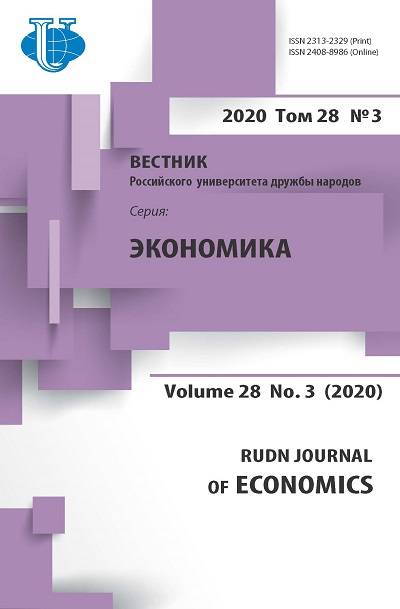Abstract
The article is devoted to the study of the sectoral and territorial structure of investment industrial projects in order to identify the potential development of the Samara region in a 30-year perspective. The main information of the study was the data on the developed and implemented investment projects of 2008-2048 from the Fund “Agency for Attracting Investments of the Samara Region”. It was revealed that more than 80% of the total investment in these projects is related to strategic projects designed to ensure the integrated development of the region. This implies the future changes in the sectors of the regional economy and its spatial development. 144 regional investment projects were considered, 79 of which are industrial and at the same time concentrate 2/3 of all investments. The analysis showed that the number of investment projects in the manufacturing industry of traditional areas prevails, however, 75% of the financial resources are allocated for the development of the fuel industry (the creation of oil refineries). A significant part of the projects is located in the largest cities: about 90% of all investments were directed to four cities - Samara, Novokuybyshevsk, Syzran and Tolyatti. The most important investment industrial projects are described for these cities, they make adjustments to their city-forming functions. Information and statistical base are materials of the Federal State Statistics Service and sites of cities of the Samara region also. The region specificity of current socio-economic situation is characterized and the industrial profile is determined. The most important cities are described as the centers of the region by their location, the main industries and leading enterprises. A comparison of the existing sectoral and territorial features of Samara regional economy and its investment projects allowed to draw the following conclusions. The most of industrial projects are implemented in the same industries that are basic in the economy of the region, so it will continue in the future. The role and importance of oil refining in the economy will increase significantly, while the manufacturing industry will decrease. The spatial picture of the economy will not change, but the imbalances will increase due to the development of large-scale oil refining projects in the largest cities of the Samara region. The processes of diversification of industrial production will mainly affect the development of the cities of Togliatti and Samara.















